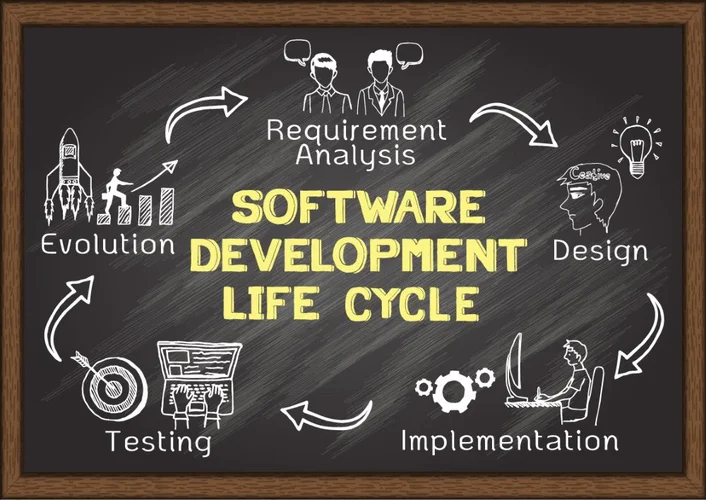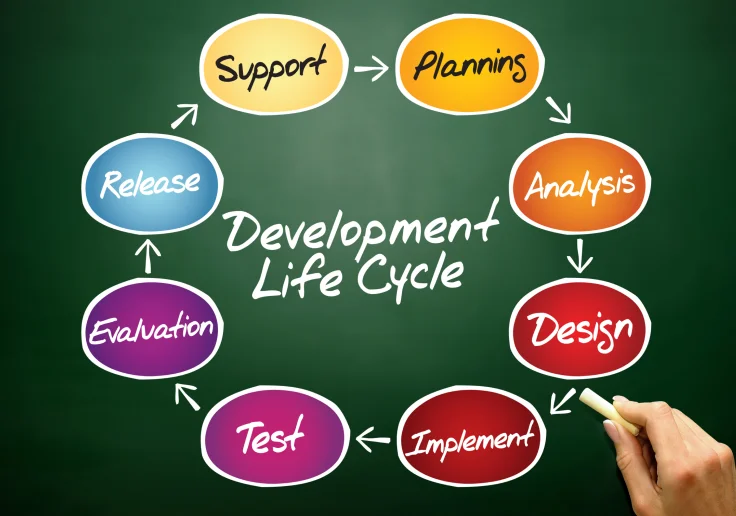A burndown chart works by estimating the amount of labor wanted to be completed and mapping it against the time it takes to complete work. The objective is to accurately depict time allocations and to plan for future sources. Most of us have been in an identical time crunch situation, and finding enough time in your team’s schedule to complete your tasks could be challenging. Whereas Targetprocess doesn’t publicly record its pricing, it offers a free trial period for teams to discover its options. The platform is known for its scalability, making it suitable Web application for each small teams and enormous enterprises looking for advanced burndown chart configuration choices. Burndown charts do not at all times move in a straight line as a result of work would not always go as deliberate.
Sprint
Burndown charts originated in the agile framework to help teams monitor progress. They visualize the work left and the time remaining in a dash or project. Team managers use burndown charts as a method to see the overall progress of the project and the work remaining. Developers may use burndown charts to measure progress or to point out the team what’s left to do in an Agile sprint. Scrum tasks can use launch burndown charts to trace their progress. The Scrum Master is liable for https://www.globalcloudteam.com/ updating the discharge burndown at the finish of every sprint train.

Historically, software teams estimated their work in a time format using days, weeks, and months. If you’re new to agile, or undecided which one to pick, we advocate using story factors. In this tutorial, we’ll explain the way to monitor your sprints and epics using burndown charts in Jira.
If you’d wish to prioritize project duties, you might use an Eisenhower matrix as an alternative. Development teams additionally use burndown charts to visualize how much work stays and if they’re on schedule to complete it. It fosters transparency and accountability, helping the development group to self-manage. Different roles which will use this tool embrace product owners or stakeholders. Jira, developed by Atlassian, is a widely-used project administration software that excels in burndown chart configuration, particularly for Agile teams. Its robust options and suppleness make it a top choice for organizations of all sizes trying to optimize their project monitoring and visualization.
Product First
- This is why burndown charts are sometimes paired with a product backlog, managed by the product owner, and a change control process to effectively track project progress.
- To put it simply, a burndown chart measures the work progress for a specific project.
- If you’re discovering it hard to estimate issues, that’s completely normal!
- Duties ought to be small enough that they are often completed within 12 hours.
Remember, the proper burndown chart configuration tool can significantly improve your team’s effectivity, transparency, and project success. Take the time to evaluate and implement the answer that best aligns together with your project management goals and methodologies. It can be utilized to trace the total work remaining within the dash, and to project the chance of reaching the sprint objective.

Tools like burndown charts assist you to share and monitor your project progress, but to manage a project with many shifting parts, you’ll need a full work administration solution. With Wrike, you deal with every little thing from project proposals to ultimate reporting in a single highly effective platform. Most burndown charts have pattern lines that characterize your work progress over time. As your staff “burns” via tasks, the amount of work remaining will lower and the strains will trend downward. Draw a straight line for the estimated duties remaining from the highest level on the y-axis to the lowest level on the x-axis. You can estimate the time required to finish a project efficiently by way of story factors and project scope.
It’s a good suggestion to keep your logged time in a shared house the place staff members can entry the information all through the project. At the tip of the fifth day, every of the tasks should add as a lot as a complete of 80 hours, as estimated in step one. Burndown charts are utilized by quite a lot of groups, however they are most commonly used by Agile teams. That’s as a outcome of these charts are greatest at analyzing quick iterations, such as sprints. There’s a method to answer this issue—incorporating an efficiency factor into the burndown chart. After the primary iteration of a project, the effectivity factor is recalculated to permit for extra accuracy.

The chart is updated to reflect progress and the project’s present status, and you’ll be succesful of estimate when the project will be complete. This helps groups plan for deadlines and decide whether they will meet them. The burndown charts present good input in dash retrospective meetings as a result of groups can see the modifications and have a look at the information to find the actual reason for any problem or delay.
Moreover, burnup charts excel at managing scope changes, as their scope line could be simply up to date to replicate the revised workload. Hold studying to be taught extra about burndown charts, concrete ways you can immediately benefit from utilizing one, and a few actionable recommendation for how to successfully read them with examples. Utilizing one will help you enhance your processes, steer round bottlenecks, and ultimately ship high-quality projects by (or, cough, even forward of) the deadline. Bear In Mind, the objective of your burndown chart is to observe the “ideal” line as intently as possible—meaning duties ought to be completed at a consistent tempo. Now that you’ve got got a visual of what a burndown chart looks like, the idea hopefully isn’t as complicated as you originally thought. If you’re questioning whether or not it’s worth going by way of the work to create one, let’s check out some advantages.
In agile, estimation refers to measuring the dimensions of a staff’s backlog, or an individual piece of work. Tracking refers to using these estimates to ensure work is on-track for completion. That is as a end result of we have a tendency to purchase into the myth “Plan the work, work the plan” to often with out placing the effort in to complete the tasks. It’s straightforward to plan the project however to complete it, the team must put the work in. There are a number of reasons why teams can expend their story points together with including additional work to the project, making changes to the timeframe, or adjusting work estimates.
Nonetheless, as useful as they are, burndown charts have their limitations. They can not, for instance, clearly or successfully measure work that is still in progress; they solely measure what has already been completed. For example, think about you’re monitoring a project where you must produce 30 items of content material to help a product launch. You plot 30 as the place to begin in your graph, work begins, your best and actual strains observe each other for the first burndown chart définition levels of the project, and also you assume you’re on monitor. However imagine that three of these pieces of content contain rather more technical writing and collaboration — support notes, terms and situations, etc.






Leave a Reply